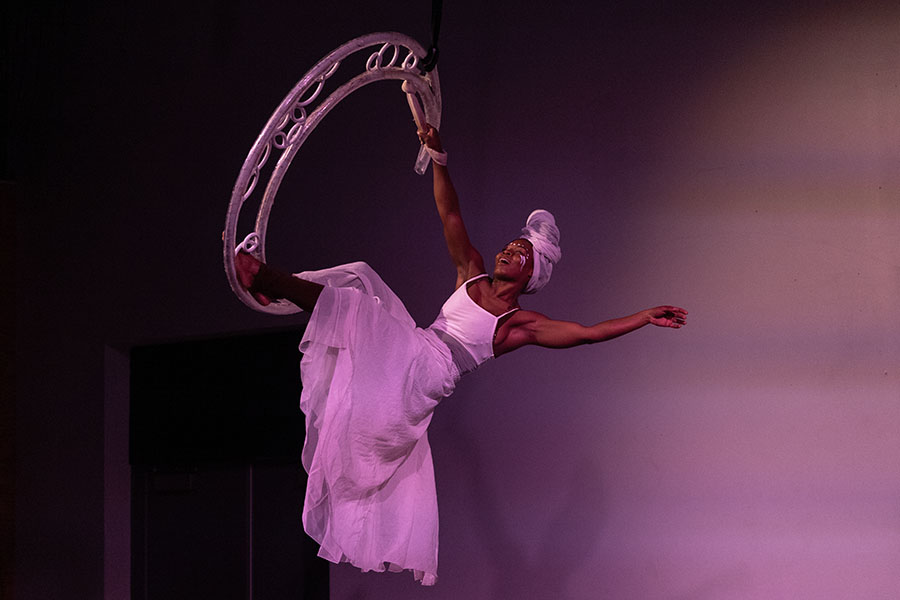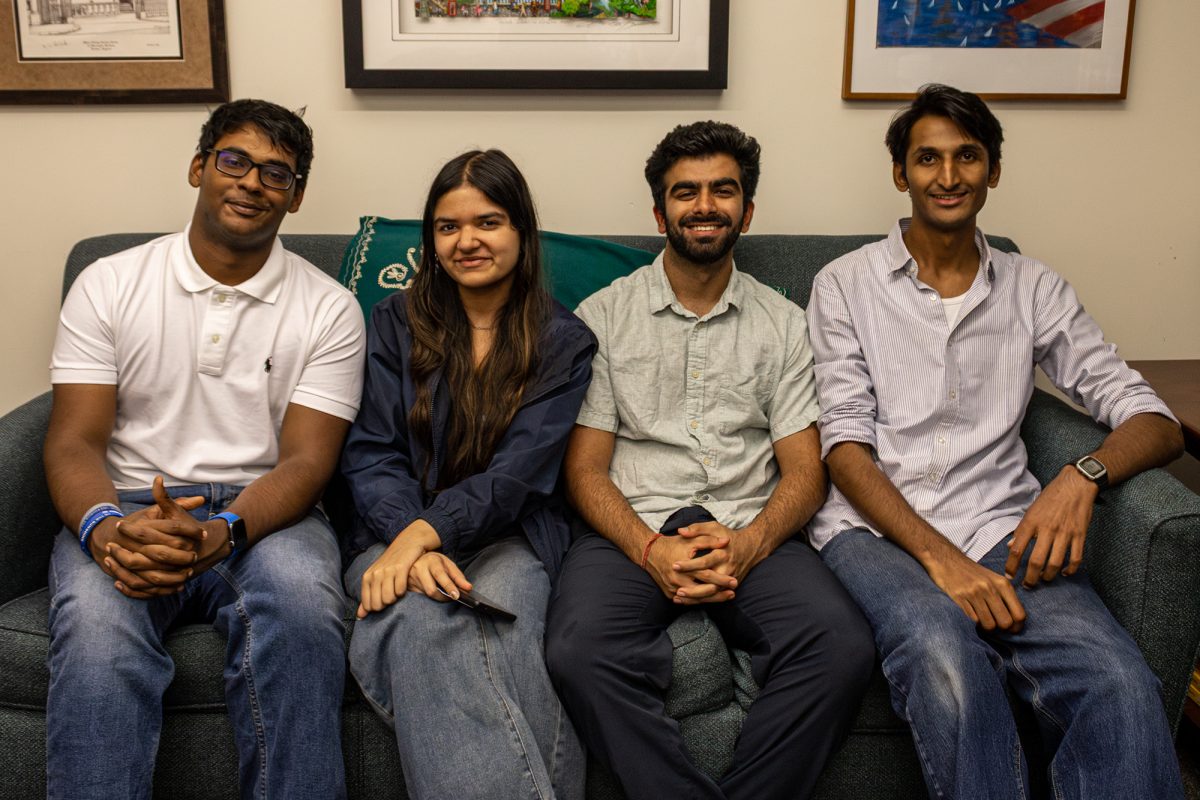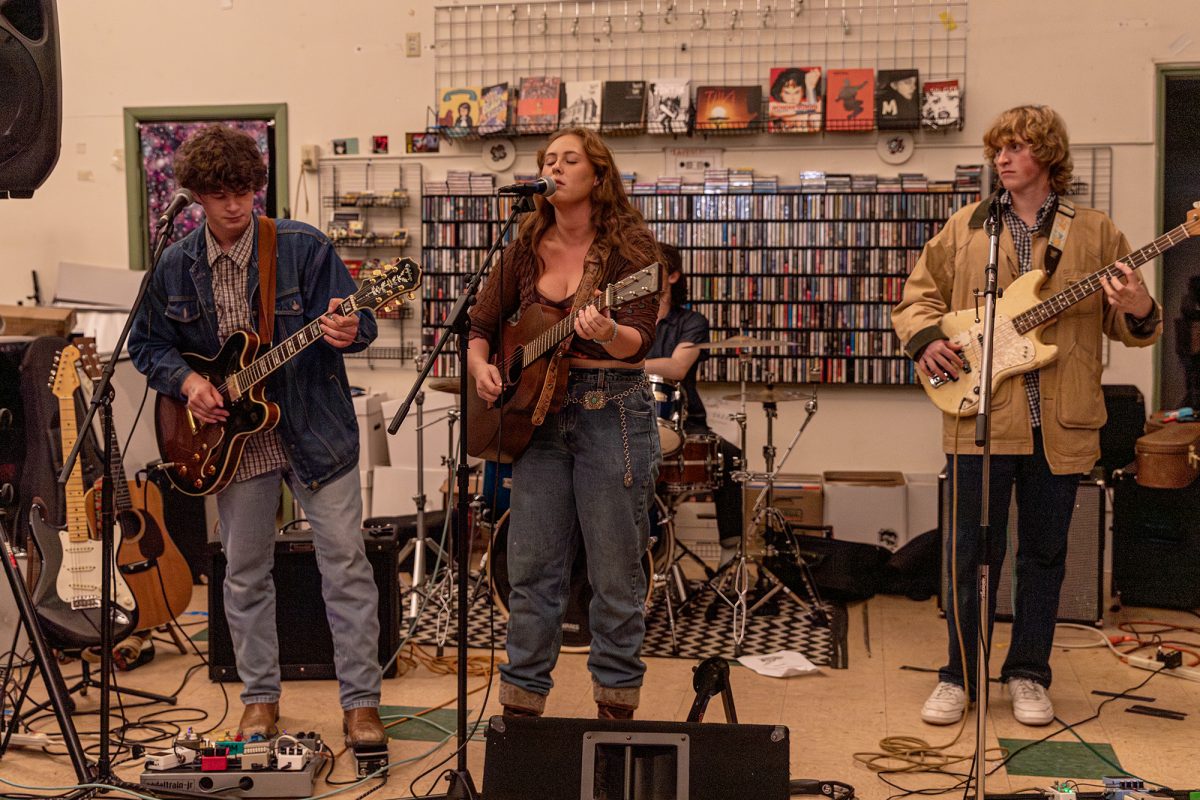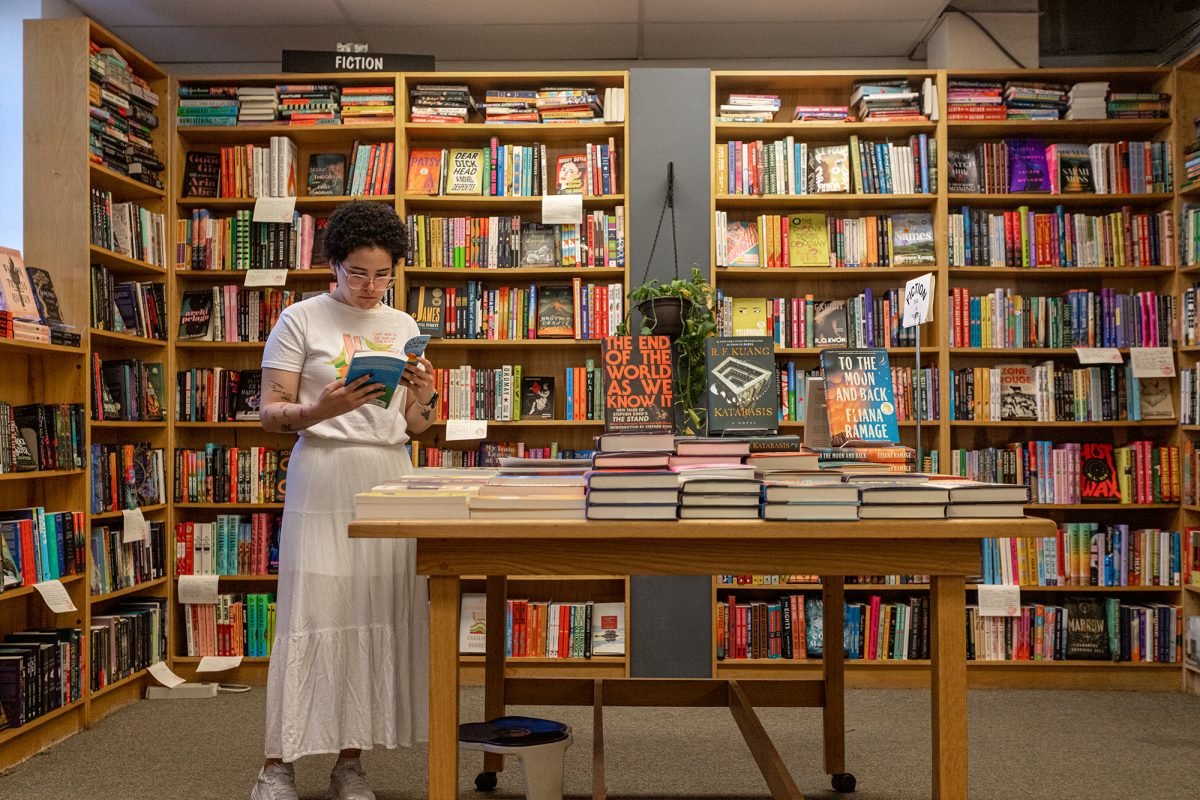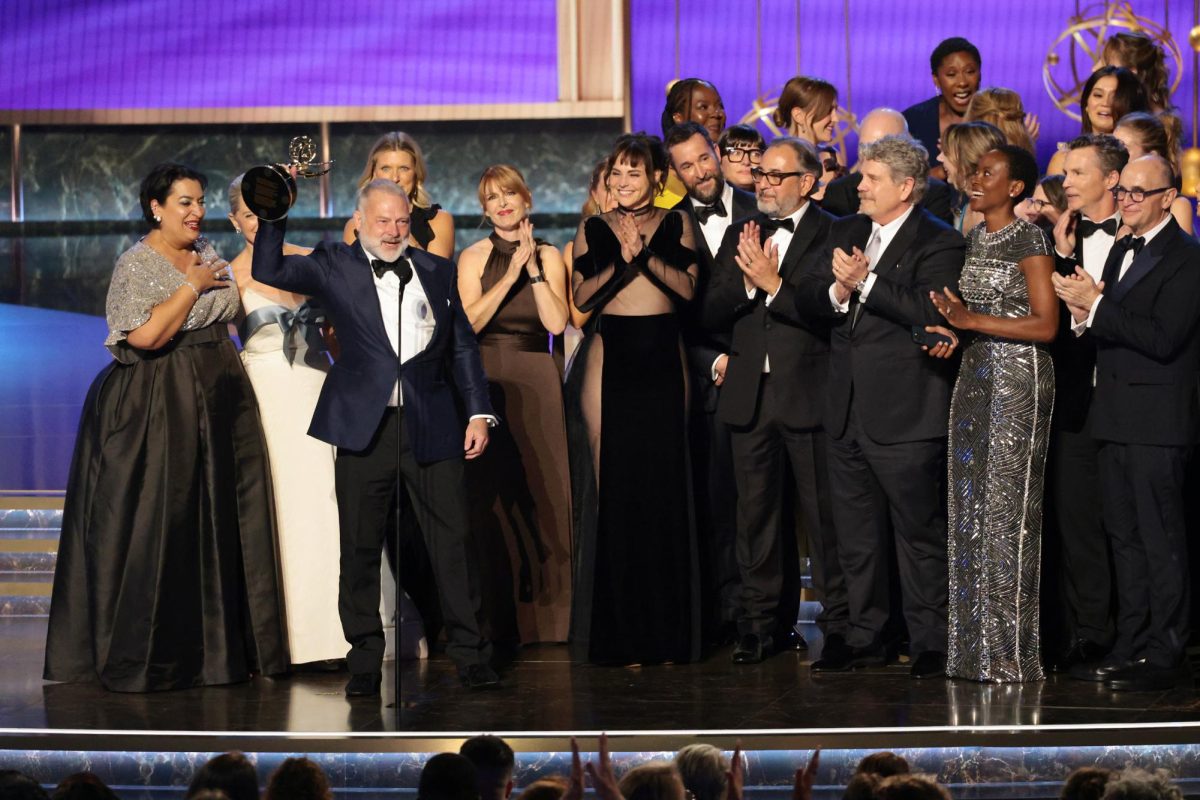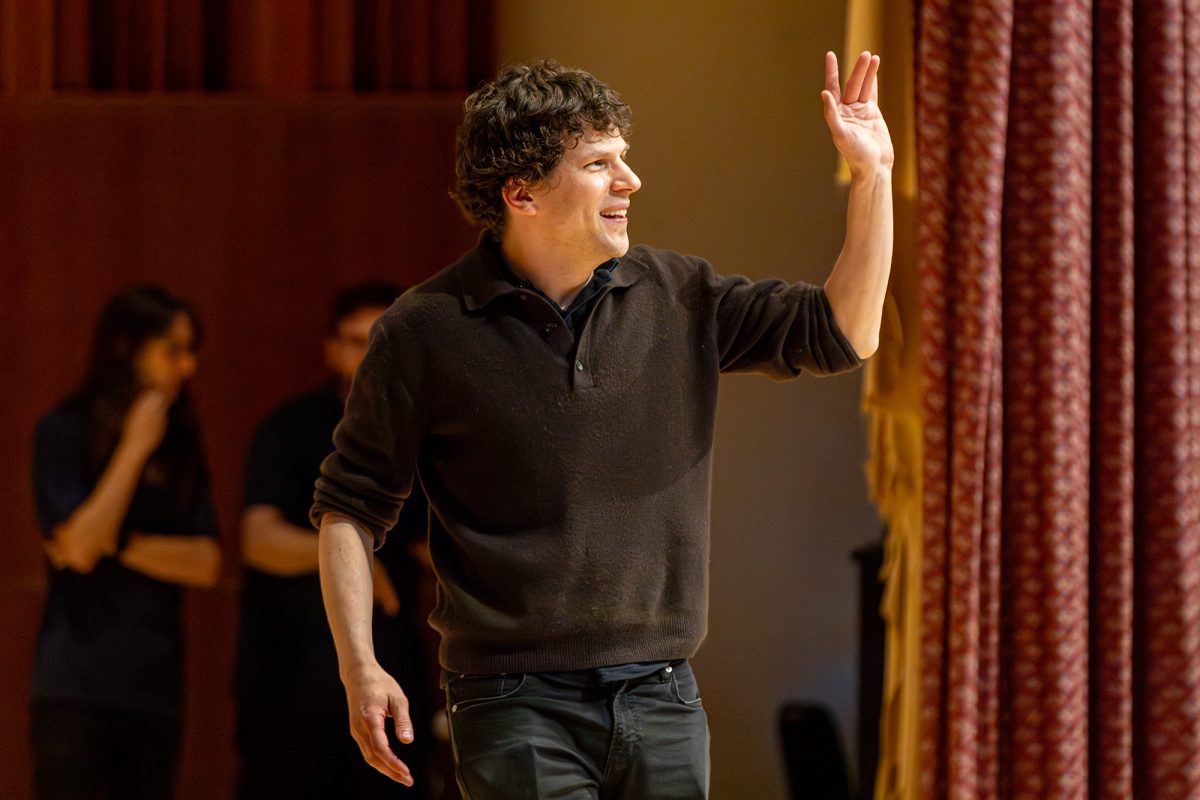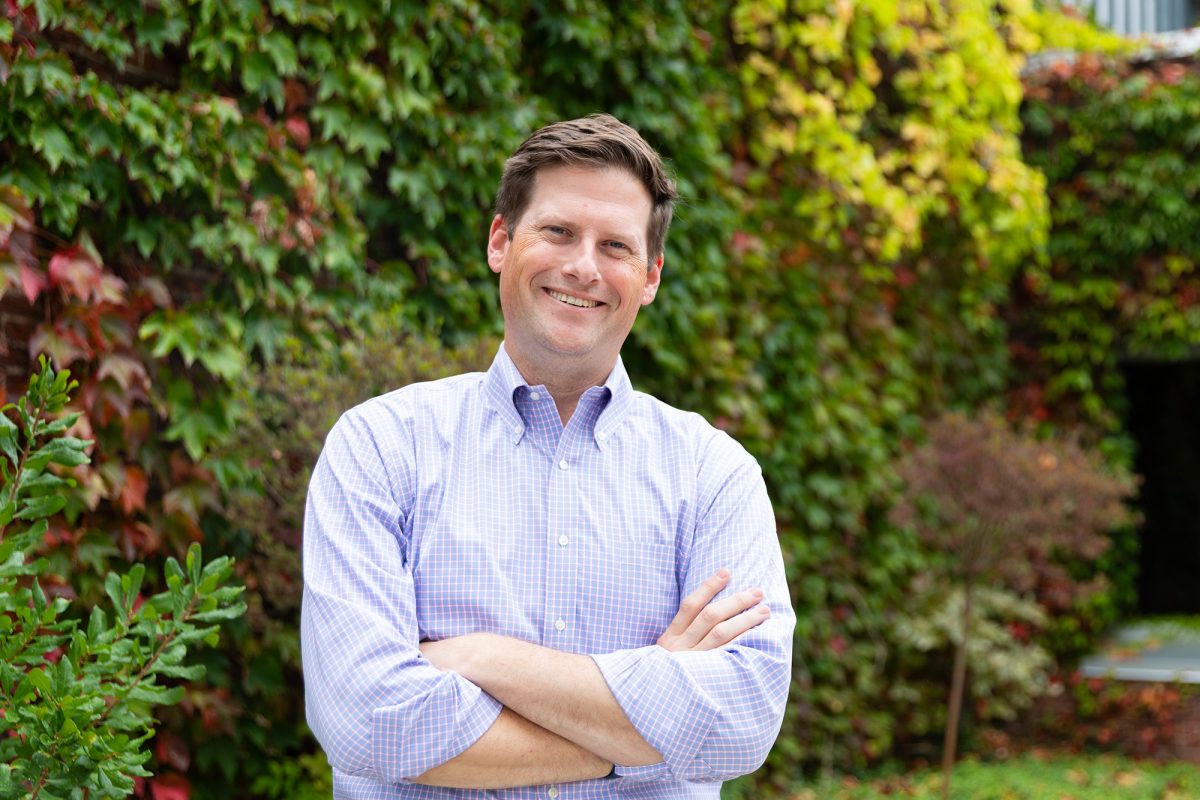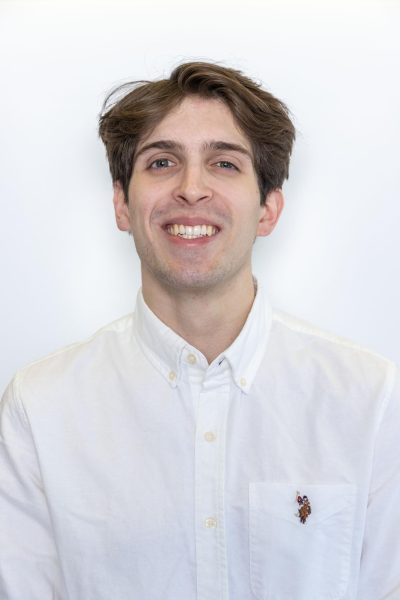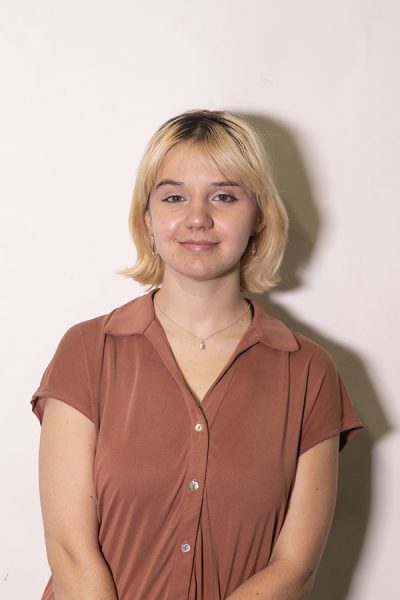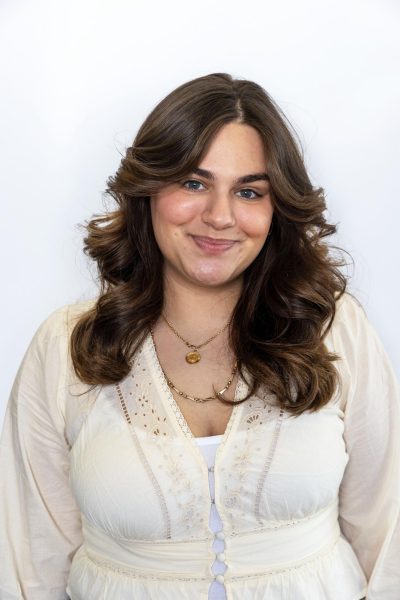For Labor Day weekend, Hupstate Circus came to Ithaca, bringing talent from all across the world. Performers and
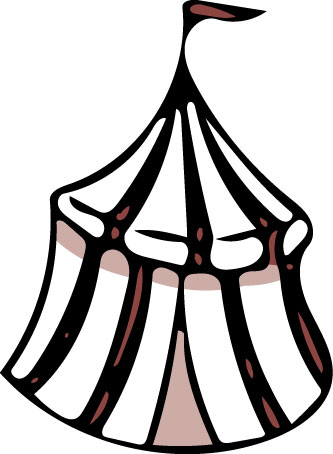
performances inspired by Canadian, Australian and Ecuadorian cultures are just the tip of the iceberg when it comes to the mass appeal brought on by Hupstate.
The members of the Hupstate Circus Board of Directors introduced every show, speaking on their passion for the performers and the art of circus. Four years ago, the Hupstate Circus was born with the goal of bringing circus art to the United States. Emerging as a not-for-profit organization in 2023, the circus’s board gained sponsorships from a multitude of organizations around Ithaca. As a result, the foundation was laid for the festival to grow in size, which allowed Hupstate to pull in a large amount of international talent. Natasha Shatzkin, the treasurer of Hupstate Circus and a member of the board of directors, said her work in gaining financial support from across town has allowed for Ithaca to become more involved with the circus as a whole. She said the biggest sponsors were Visit Ithaca and Urban Core LLC, which runs the press bay downtown.

“We had so many people help out monetarily, but also in kind donations and support in general,” Shatzkin said. “Every year, it feels like we’re getting more and more established. This year especially, it’s been getting more and more huge. Our sponsorships have really allowed us to do so much more with the festival.”
Across every show seen over the course of the weekend, multiple events required extra seats, trying to fit everyone into the small venues. Hupstate moving to non-profit designation as of last year was perfect to combat the growing popularity, with more event spaces across Ithaca opening up for the performers as a result of direct sponsorship. The Cherry Arts Artspace, for example, offered its open- and closed-air performing space and gallery to Hupstate this year through their sponsor status. As a result of this wide selection of shows and events across Ithaca, the community has shown support tenfold, taking every ticket that could be found according to Polly Solomon, the accessibility coordinator behind Hupstate. Solomon said she was over the moon about the local commitment.
“We have people traveling from farther away not just to perform, but to see the festival as well,” Solomon said. “As much as this is an Ithaca event, the word seems to be getting out and more and more people are coming to town to see it. Getting to put that little sold-out sticker in front of every show is a great feeling.”
The international aspect within the circus holds a clear weight amongst the performers, seen through the display of their artistic freedom regarding personal histories and heritages.
“A lot of the artists that are performing are coming internationally, and they have a lot more experience with the circus scene there,” said Daia Bromberg, board member and co-producer of Hupstate. “Many places in Europe — or the world for that matter — have a different type of arts scene than the United States in general. We feel it’s important to shine a light on every performative art we can.”
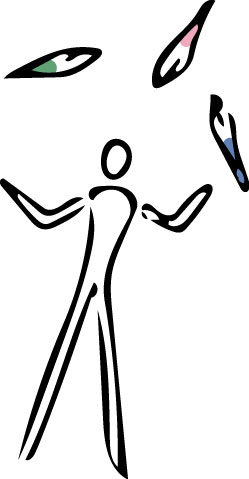
Hupstate made sure to shine the brightest light they could on all of their performers. Each one offered their own unique story, perspective and art form to the Hupstate Circus. “Play Dead,” performed by the traveling theater troupe People Watching, explored surreal stories regarding reality and social connections with body contortionism and acrobatics. “Be Like Water,” performed by a Chilean and Ecuadorian partnership, demonstrated the cultural significance of water to neighboring nations, giving a unique insight into its importance through dance numbers and cyr wheel performances. “Vertical Dreamscape,” otherwise known as “Dusk/Night/Dawn,” starred a pair of aerial pole dancers
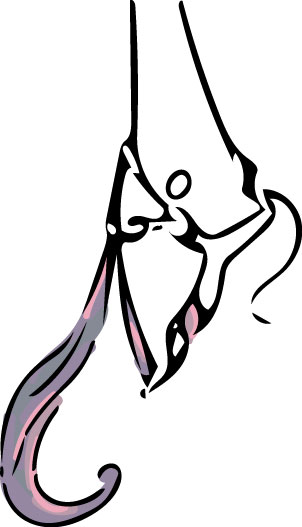
enacting the dreamscapes that entangle the lives of all people. “Black Joy,” a multidisciplinary journey through Black history and pride with two gymnasts, exposes Ithacan natives and visitors to multiple works of art honoring and inspired by the actions of activists and writers of the Black community. Finally, Sweden’s Jay Gilligan performed “Stories About Gravity,” a juggler’s routine combined with a philosophic lecture about the workings of the universe and how human beings fit into the cosmic landscape.
Each hour-long performance overflowed with artistic vision and freedom, while also maintaining a story at its core. Black freedom, cosmic understanding and the questioning of constructed reality are just a few of the many introspective narratives Hupstate offered this year.
“We’ve just been working with the artists personally to get the show here, and they’ve been really amusing to pull through,” Shatzkin said. “We’ve been doing a lot of work, but so have they. The sheer amount of stories being told under our tent really gets me excited for what we have to offer going forward.”

Building on the stories themselves, the amount of diversity brought through Hupstate and its performers was a major focus for the event. The narratives themselves dive deep into the experiences of marginalized groups. Placing this focus within the circus — which according to Soloman, stands as a marginalized art form in and of itself because of how small its representation is in the states — builds on the foundations of what Hupstate is truly about. Throughout the entire process, the non-profit tells stories that normally do not get mainstream recognition. This factor remains a priority for board vice president Avi Pryntz-Nadworny, who strives to create an expansive circus community for all.
“Opportunities are critical, but the diversities under the name ‘circus’ are essential,” Pryntz-Nadworny said. “It’s this tent that everyone falls under … Some artists come from all over the world, and each show brings in their own unique cultures for others to experience. It’s brought in a lot of shows and perspectives that don’t really get told: the diversity in circus and the narrative within that.”
Aside from promoting strong diversity, Pryntz-Nadworny especially made it a concern to allow all shows within Hupstate, from acrobatics to comedy routines, to work deaf accessibility into the program. In every show attended, sections of the available seating were reserved for deaf audiences specifically, covering every viewing angle in theaters and performance rooms. American Sign Language interpreters were present at every performance. Coming from a background as a child of deaf adults (CODA), Pryntz-Nadworny made this a priority for the event.
“Growing up, I would go to shows with my family and constantly be witness to the producers not thinking ahead for

the barriers my parents or any other deaf attendees may have faced,” Pryntz-Nadworny said. “When I joined the board, it was a huge thing for me to reach out to the deaf community and make sure things were accessible. This will pave the way for more shows in the area to follow suit.”
Collecting all of these elements of performance together, the community was given a tremendous opportunity to experience a true circus for those who had not before. The members of Hupstate are continuing to dream bigger.
“We’ve really experienced some exponential growth. Every year, we can do better,” Solomon said. “We’re getting a little tired, but to see the audiences, to see the amazing standing ovations the performances have gotten, is truly a special feeling. We can’t wait to see everyone back for next year’s performances.”



